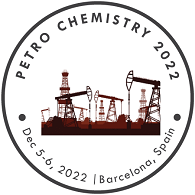Modelling and Simulation
Simulation modelling is the process of creating and analysing a digital prototype of a physical model to predict its performance in the real world. Simulation modelling is used to help designers and engineers understand whether, under what conditions, and in which ways a part could fail and what loads it can withstand. Simulation modelling can also help predict fluid flow and heat transfer patterns.
Simulation modelling allows designers and engineers to avoid repeated building of multiple physical prototypes to analyse designs for new or existing parts. Before creating the physical prototype, users can virtually investigate many digital prototypes. Using the technique, they can:
- Optimize geometry for weight and strength
- Select materials that meet weight, strength, and budget requirements
- Simulate part failure and identify the loading conditions that cause them
- Assess extreme environmental conditions or loads not easily tested on physical prototypes, such as earthquake shock load
- Verify hand calculations
- Validate the likely safety and survival of a physical prototype before
Related Conference of Modelling and Simulation
Modelling and Simulation Conference Speakers
Recommended Sessions
- Chemical Applications
- Coal and Natural Gas
- Drilling & Well Operations
- Enhanced Oil & Gas Recovery
- Gas Supply & Gas Technology
- Geology & Exploration
- Health, Safety, and Environment
- Modelling and Simulation
- Onshore/Offshore Support
- Petroleum Exploration & Field Management
- Pipelines & Transportation
- Process Chemistry & Technology
- Process Technology
- Production Technology and Separation Techniques
- Renewable Energy and Feedstock
- Reservoir Characterisation
- Sustainable energy
- Unconventional Resources
- Upstream/Downstream & Midstream Integration

